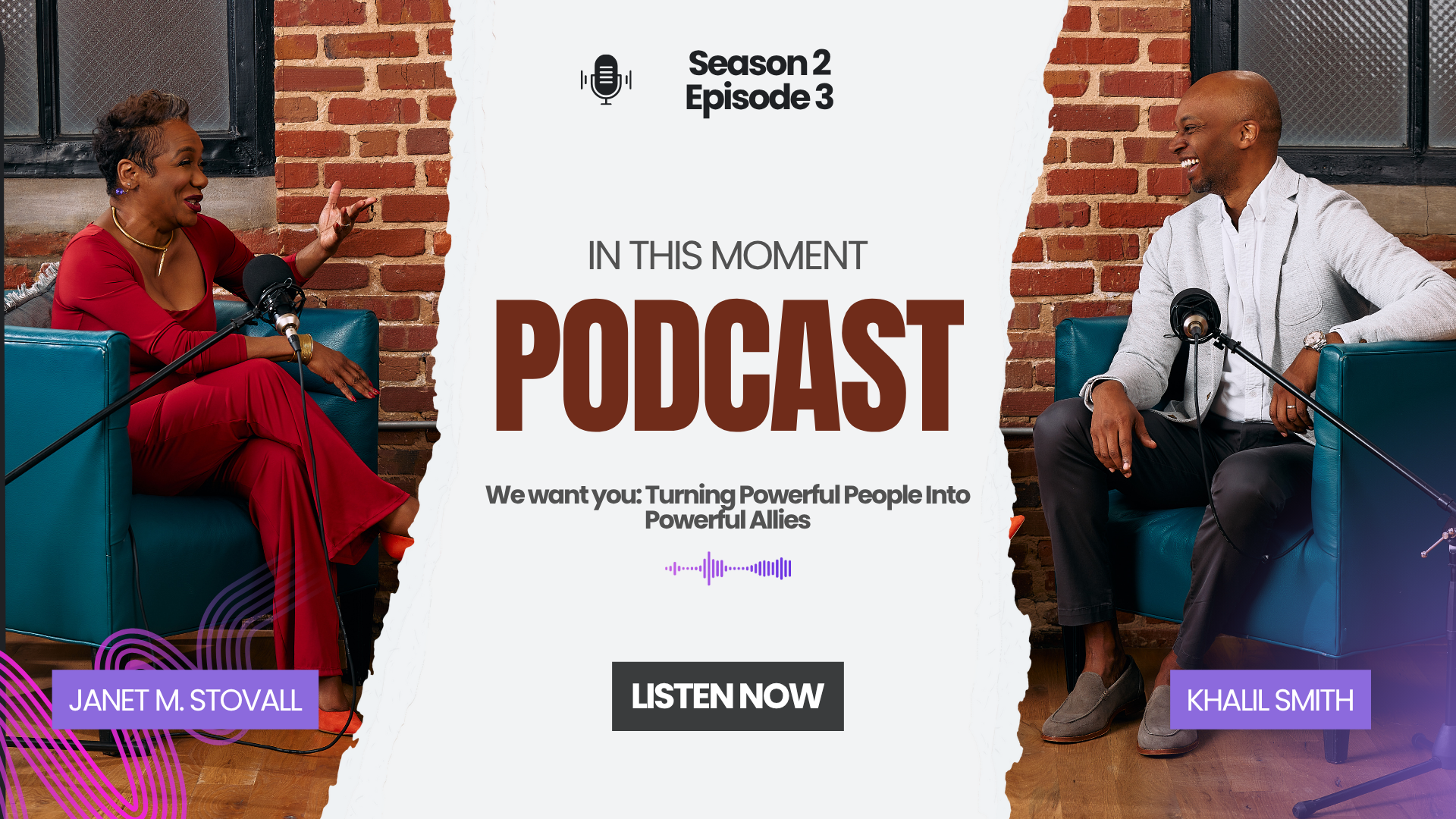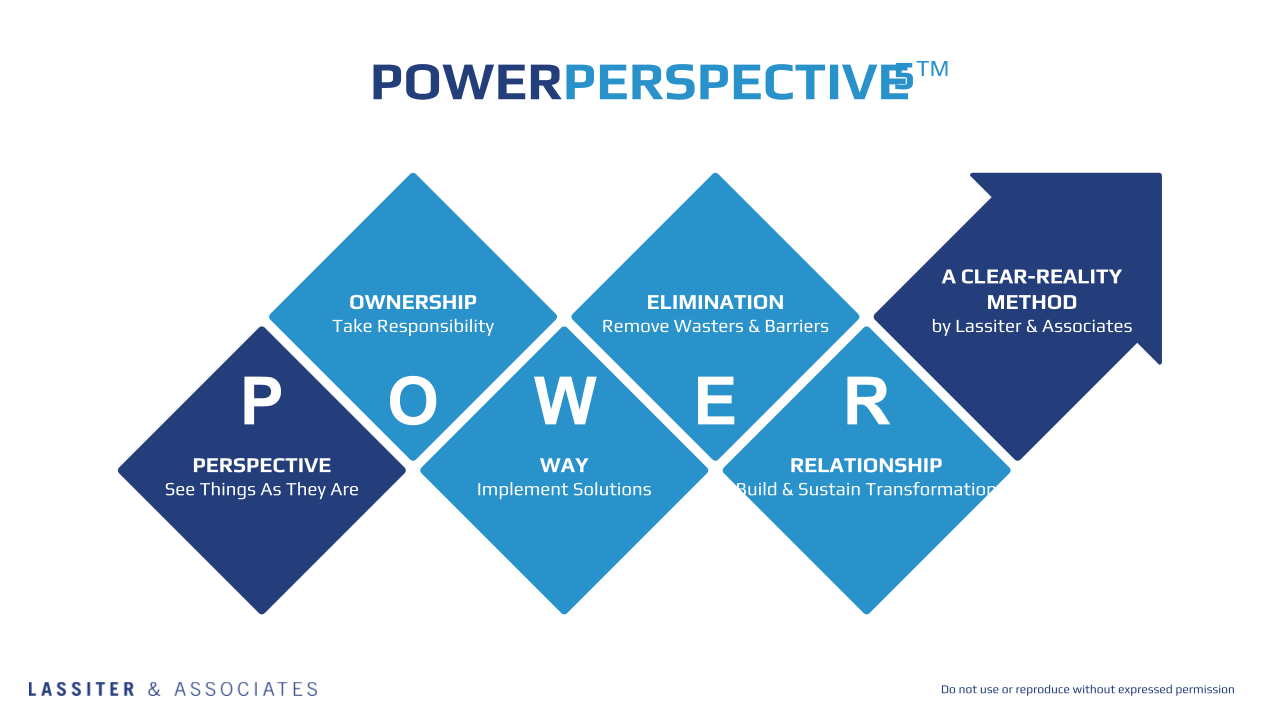By Janet M. Stovall, CDE
What if the skills required for allyship were the same ones that make you more effective at leading diverse, high-performing teams? What if allyship were not about being a good person (though that’s nice too), but about building the leadership capabilities you’ll need to succeed? The intolerance of diversity makes allyship critical now. The inevitability of diversity will make it even more critical for what’s next.
Julie Kratz touched on this idea when she mentioned the Harvard Study of Adult Development in Season 2, Episode 3 of In This Moment. This study has been following people for over 85 years, and they’ve found that strong relationships across different groups and backgrounds are the strongest predictor of happiness and well-being. For leaders, this can translate to better resilience, team dynamics, and personal effectiveness.
When you mentor someone from a different background, advocate for a teammate who’s being overlooked, or create opportunities for others, you’re developing what researchers call cross-cultural competence and inclusive leadership skills. These aren’t just nice-to-have qualities—they’re becoming essential for effective leadership.
By 2030, most of the US workforce will be younger people with no single racial majority, with people of color becoming the majority by 2032. These employees have completely different expectations about what good leadership looks like. If you’re not developing these capabilities now, you’re going to struggle to lead effectively in the future.
Good allies make better leaders
The Harvard researchers, led by Dr. Robert Waldinger, found that people with strong relationships across differences experience better health outcomes, greater happiness, and increased resilience. For leaders, this translates to better stress management, clearer decision-making under pressure, and stronger team performance.
A study from UC Berkeley looked at over 200 workplaces and found that leaders who actively support colleagues from different backgrounds develop stronger emotional intelligence, better conflict resolution skills, and more innovative thinking. These leaders also report being more energized by their work rather than drained by it.
Here’s what’s happening neurologically: when you engage in supportive behaviors across differences, your brain builds new neural pathways that improve your ability to perspective-take, read social situations, and adapt your communication style. These are core leadership competencies.
Susan Fiske’s research on the Stereotype Content Model shows that people evaluate others on two fundamental dimensions: warmth (trustworthiness, friendliness) and competence (capability, assertiveness). Leaders who demonstrate both high warmth and high competence are seen as the ideal combination—exceptionally capable and trustworthy. People don’t think you’re weak for helping others; they see you as both competent and caring, which is the most effective leadership profile.
In tomorrow’s workplace, your effectiveness as a leader will depend on your ability to inspire and develop people who are different from you, think differently than you, and bring perspectives you don’t naturally have.
What effective leaders actually do
Companies that develop leaders with these capabilities see measurable results. Research published in Frontiers in Psychology shows that inclusive leadership positively influences performance at both individual and organizational levels, improving team commitment and creating environments where employees feel comfortable generating innovative ideas.
The key? Understanding that allyship isn’t charity work—it’s leadership development. The most effective programs focus on building specific capabilities: how to facilitate inclusive decision-making, how to communicate across cultural differences, how to recognize and interrupt bias in real time, and how to create psychological safety for diverse teams.
Deloitte research shows that inclusive leaders can drive up to 70 percentage points of difference in employees’ feelings of inclusion, creating environments where teams are more committed and innovative.
The research is clear: the leaders who will be most effective in the next decade are those who can successfully lead diverse, high-performing teams. Allyship isn’t separate from leadership development—it is leadership development for the future workplace. Diversity is destiny. The leaders who start building the capabilities now to leverage it will be far more effective than those who wait.


